Tips for Camping in the Rain and Wet Weather
Although it’s not idyllic, there is no reason why you shouldn’t go camping in the rain. While you will need to approach your trip a little differently to make sure you stay safe, there’s still plenty of fun to be had.
At Winfields Outdoors, we believe that there are many ways to enhance a wet weather outdoor experience. Read on for our tips for camping in the rain and wet weather…
Choose where you’re going wisely
According to the latest statistics, July and August in the UK are the warmest months of the year – but they can also be the wettest!
However, fear not. There are plenty of places you can choose to go camping that are less likely to experience rain, although not guaranteed. For example, the sunniest part of England is along the south coast of England, and coastal camping spots (in general) tend to experience the least amount of rainfall.
Think about what your pet may need on a camping trip
If you love to go on camping trips with your furry friend, you’ll need to make sure you have everything they need to stay comfortable and protected against adverse weather conditions.
For example, we’d recommend taking an extra towel with you to wipe your dog down after a day of exploring the great outdoors in the rain. We’d also advise investing in outdoor dog equipment that comes with waterproof features.
For example, we offer some superb portable dog beds that are entirely waterproof, ensuring that your dog stays warm, dry and comfortable throughout your trip.
It’s never a bad idea to pack a waterproof dog coat with you, as it’ll help to keep your dog as dry as possible – even if you find yourself trekking in very wet weather conditions!
To explore our full range of outdoor dog equipment, click here.
Take a waterproof tent
A waterproof tent is essential for making sure your camping trip is as comfortable as possible in the rain.
If you have a polycotton tent, make sure you weather it before you go. You can do this by leaving it out in the rain or spraying it with a hose, then leaving it to dry out. This process ensures the threads in the seams are fully expanded to keep the rain out when you need to camp inside it.
Polycotton tents offer good waterproof protection in the rain, plus have the added benefit of being more breathable. Tents get wet inside when condensation forms from within and there isn’t enough ventilation for it to get out. This is reduced by polycotton fabric.
Check your tent’s waterproofing
If you purchased your waterproof tent a few years ago, it might be a good idea to refresh the waterproof layer.
Tents are waterproof thanks to a membrane applied to them that doesn’t allow water droplets to get through. However, over time, this can wear away. Double-checking before you venture outdoors is always a good idea.
Use a footprint or groundsheet
Using a tent footprint or groundsheet is always a good idea at any time of year, but particularly when it is wet outside!
Lay one down on the ground and pitch your tent on top of it to help keep your tent floor dry. It will also stop the bottom of your tent from becoming muddy.
It’s also a good idea to put one inside your tent if you want added protection – or use a piece of tarpaulin.
Create an outdoor shelter
You didn’t fight through the elements to be holed up inside your tent for your entire camping trip!
If your tent has a covered porch area, be sure to make full use of it. Alternatively, pack a waterproof camping gazebo or an awning, where you can shelter from the rain, without feeling hemmed in.
Rather than spending your time sitting inside your tent for shelter, ward off cabin fever by setting up your camping chairs there for the day. It’s also a good place to store dirty boots.
Make sure your cooking equipment is protected
This is super important because you won’t be able to use any outdoor cooking equipment inside your tent.
We can’t stress this enough – using cooking equipment that’s designed for outdoor use is dangerous, and it shouldn’t be done under any circumstances.
If you’ve found yourself caught in particularly wet weather, you’ll need to make sure that you have access to a sheltered space that’s out in the open air. This means that you’ll be able to use your outdoor cooking equipment safely, and it’ll ensure that you don’t end up soaking wet whilst trying to whip up something tasty!
Pay extra attention to the trails
If you’re a seasoned outdoor enthusiast, this likely goes without saying. However, if you’re new to experiencing what the great outdoors has to offer – we would recommend paying extra attention to the trails you’re exploring in wet weather.
Terrain can become particularly slippy when it’s raining and rocks may become loose, which can cause walkers and hikers to lose their footing.
A quality pair of walking boots that offer superb grip are great for enhancing your performance whilst out on an outdoor adventure in wet weather – plus, they’ll make sure you remain comfortable!
Keep air vents open to prevent tent condensation
You’re certain you’ve waterproofed your tent to the highest standard – so why does your tent still get wet inside?
If this sounds familiar, you probably have condensation inside of your tent. As your body heat warms up the tent interior, moisture begins to condense inside your tent – and it’s even more likely when it’s raining.
If your tent has mesh ventilation panels, make sure you keep them open. If the rain eases off, air out your tent as much as you can.
Choose where to pitch wisely
Setting up a tent in the rain can prove more challenging. The first thing you should do is make sure you set up camp somewhere sensible.
Don’t pitch up at the bottom of a hill or anywhere else puddles or floods might form. Somewhere with a little natural shelter is good – but beware of anything that might fall on you in high winds.
When setting up camp in the rain, try and keep the rain from getting inside your tent as much as possible – it will be hard to dry out if the elements persist. If you have space in the car, you could even take a gazebo to set up.
Dress for the occasion
Of course, you will need to dig out your waterproofs and/or thermals when you go camping in the rain. Certainly in winter and autumn but more than likely also in the summer, too!
If you’re planning on doing a lot of walking or hiking, a waterproof jacket or coat is often your first-line defence. Waterproof trousers and waterproof footwear are also essential.
Dry out when you can
Try not to leave wet clothes in your tent for too long. It’s best to air out any wet gear as soon as you can to get it as dry as possible.
If you have a tent that has an additional shelter or porch area, this is a good place to leave clothes and shoes to dry. If you are camping around some trees, it may be a good idea to set up a makeshift washing line with some rope.
Bring indoor activities
While you can get out as much as you can, sometimes you may find yourself defeated by the rain on your camping trip!
If your walk, hike, or picnic gets rained off, make sure you take a book or even a few games to play inside your tent. This can be a great way to spend quality time with your loved ones.
You could also download a few films onto an iPad or laptop and snuggle up for a movie night.
Pack away carefully
When your camping trip comes to an end, you may be wondering how best to pack away your, now very wet, tent.
Take your inner tent down first and keep it separate so it stays dry. Shake as much water off the rest of it as much as possible. Ideally, you should wait for it to dry before packing it away, though this isn’t always possible.
If not, don’t worry too much – it’s not the end of the world. Just make sure you take it out when you’re back at home to allow it to dry thoroughly.
Head to the pub!
If all else fails, you can always find the nearest and cosiest pub to dry out in. The same goes if you come across a coffee shop or tea house. After all, who doesn’t love hot chocolate?
And, if it starts to get too cold and shivers start setting in, it’s probably best to admit defeat and head home – there’s sure to be at least one dry weekend during British summertime!

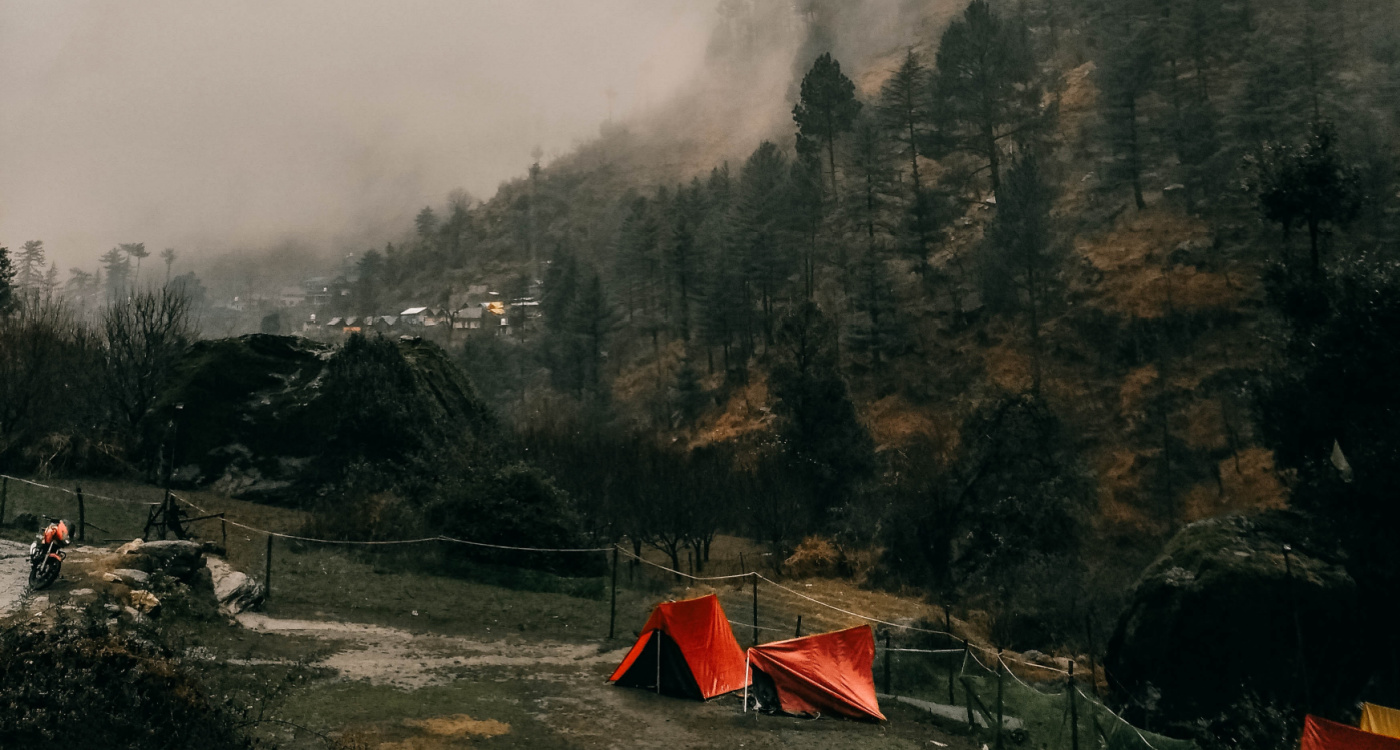
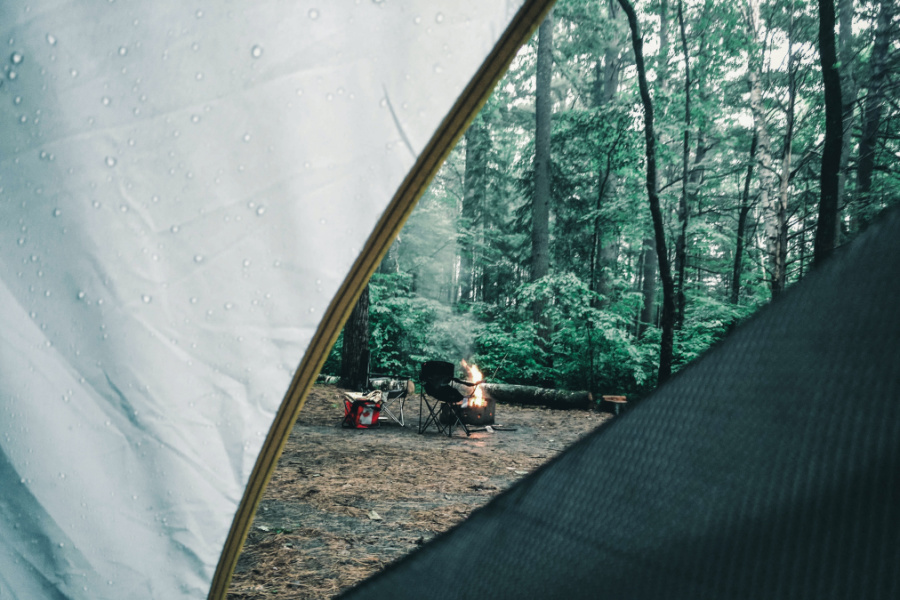
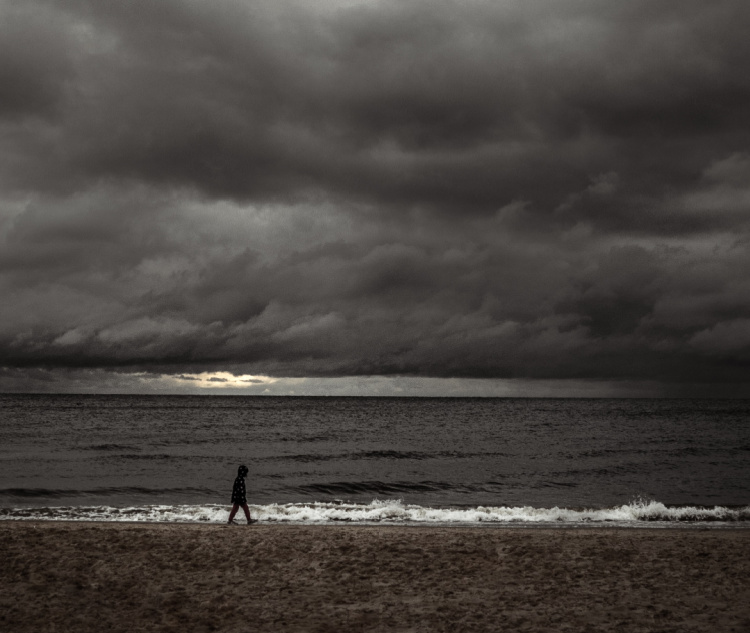
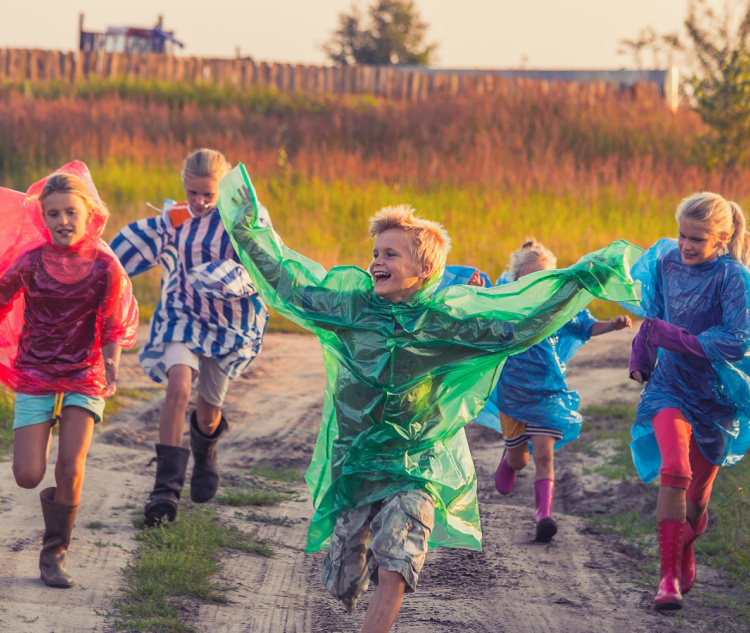



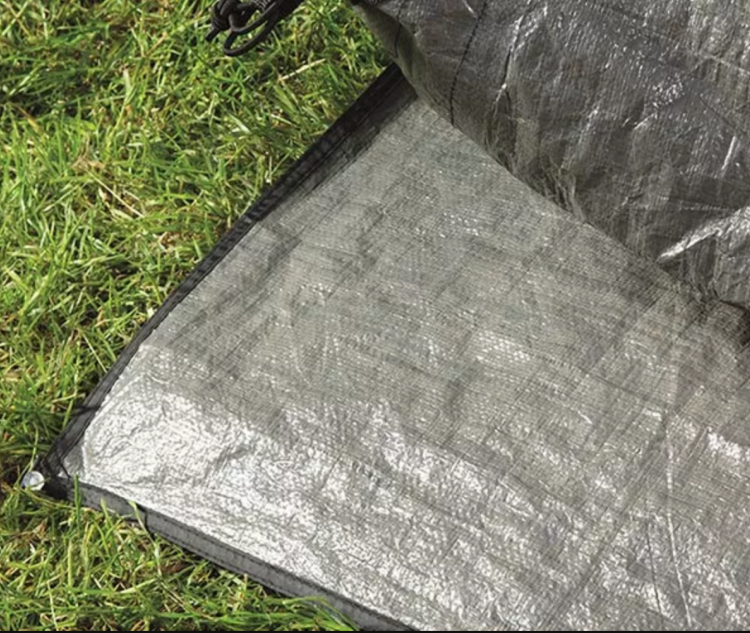
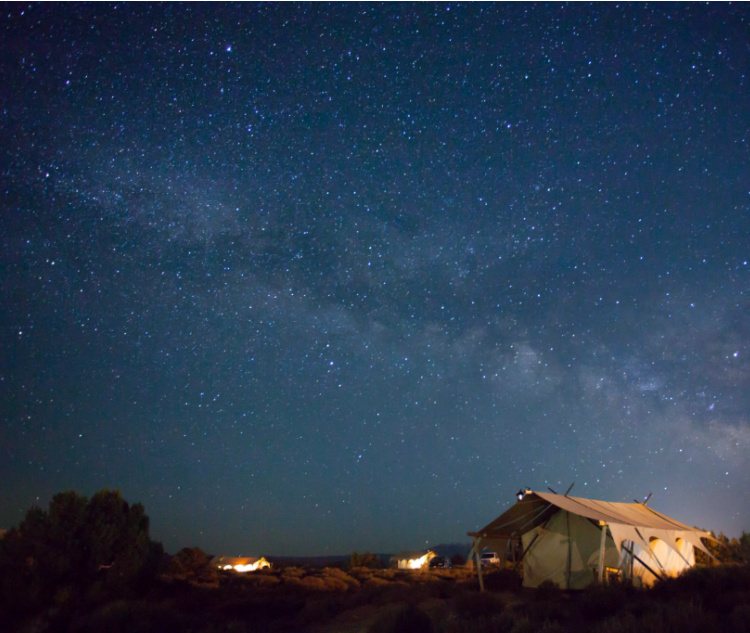
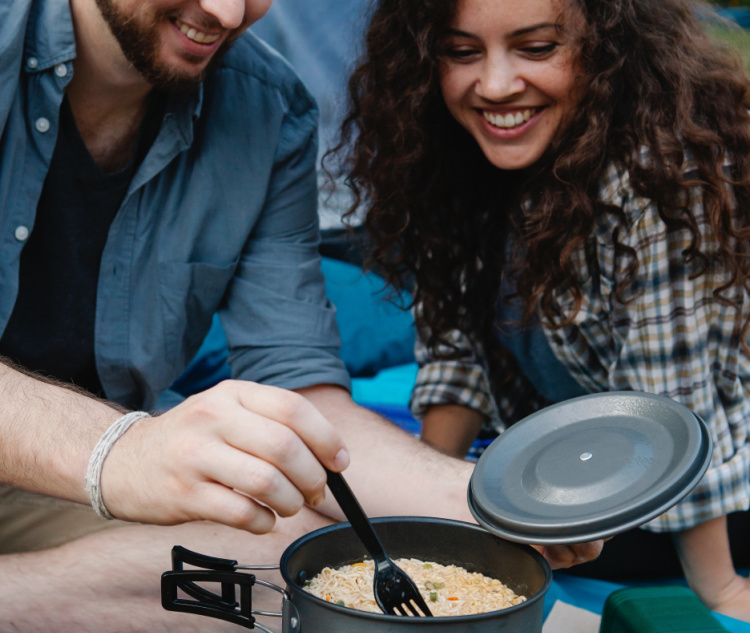


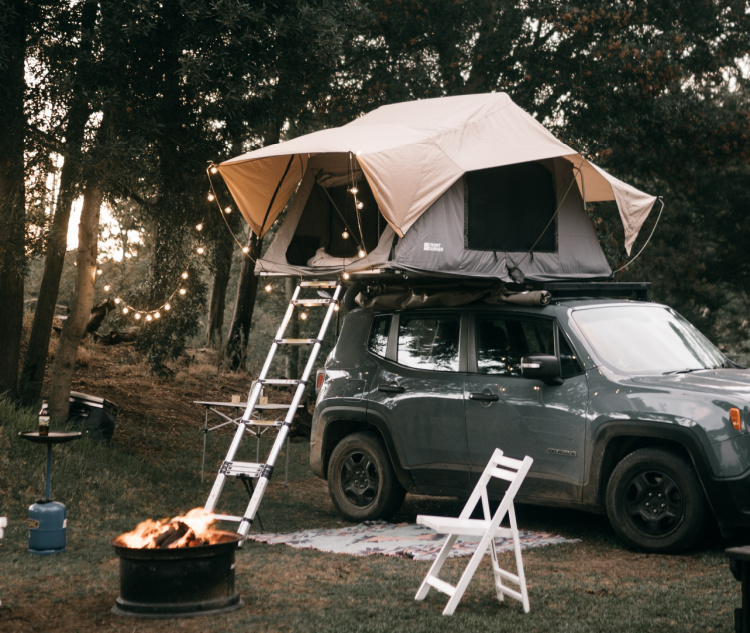
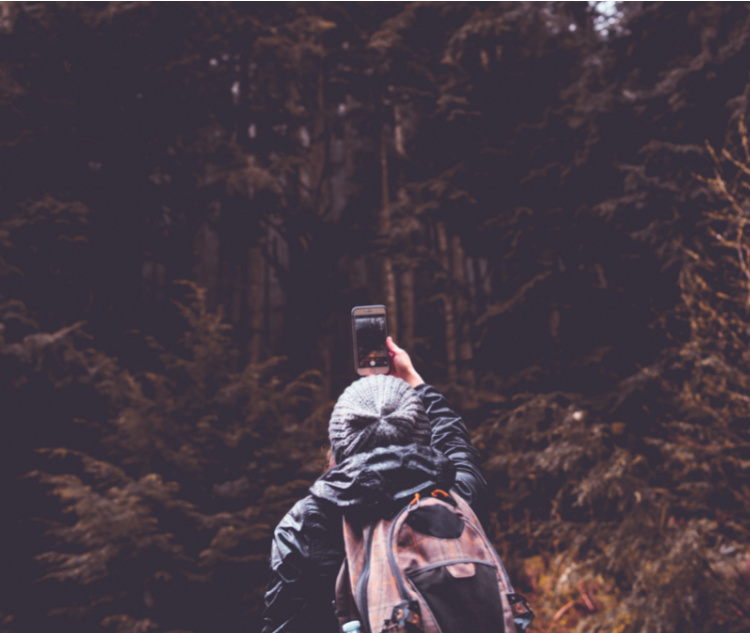
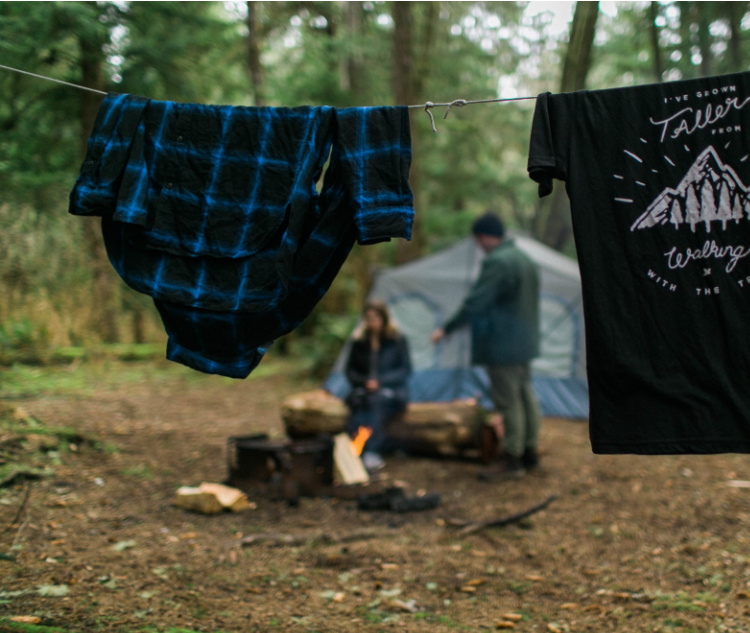
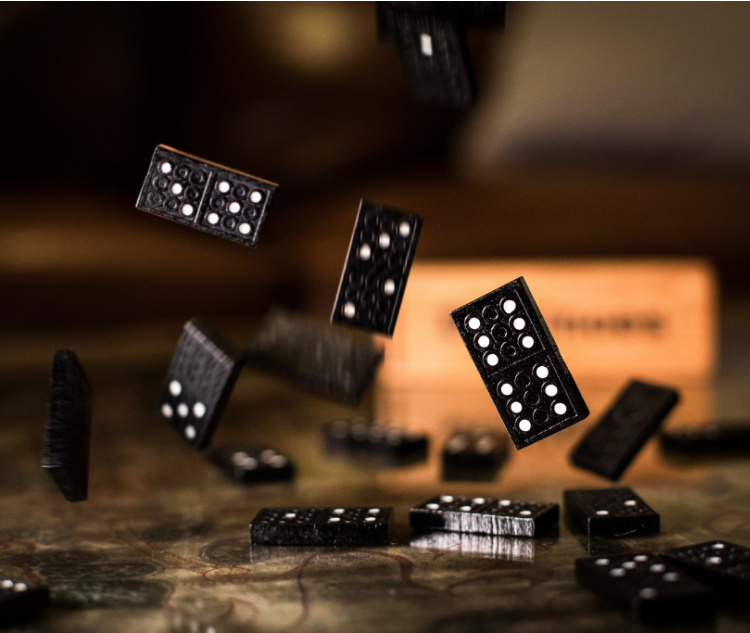


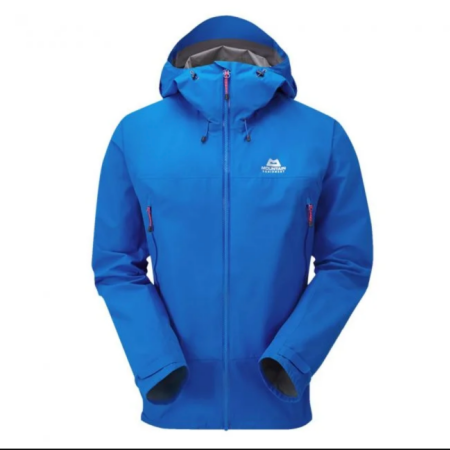
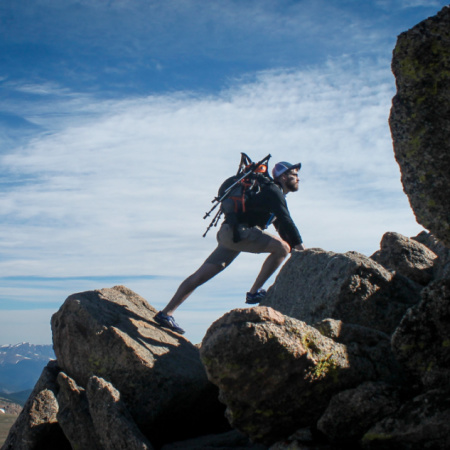

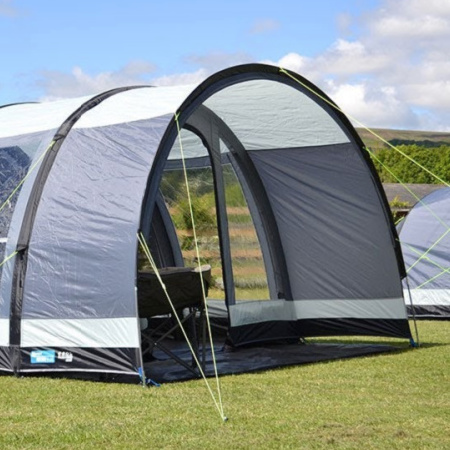


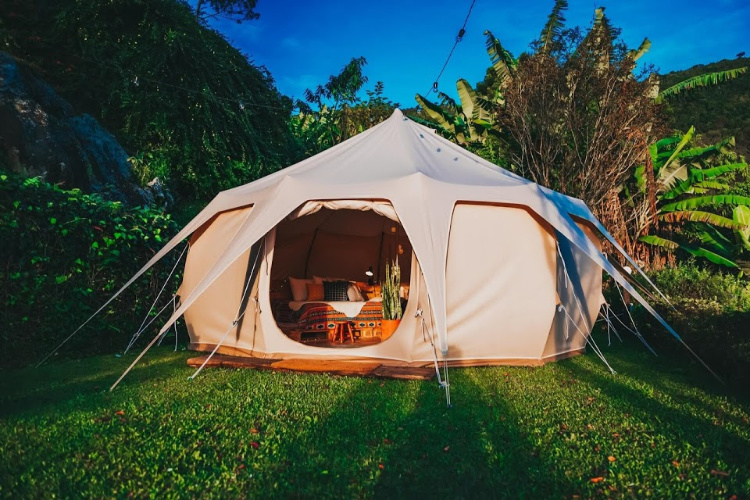

2 Comments